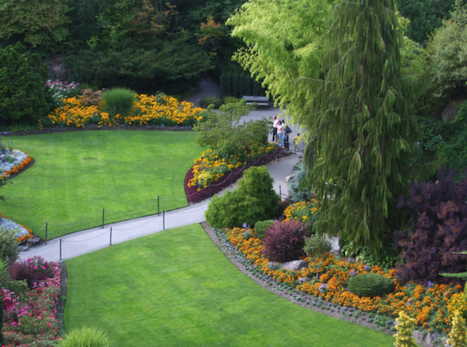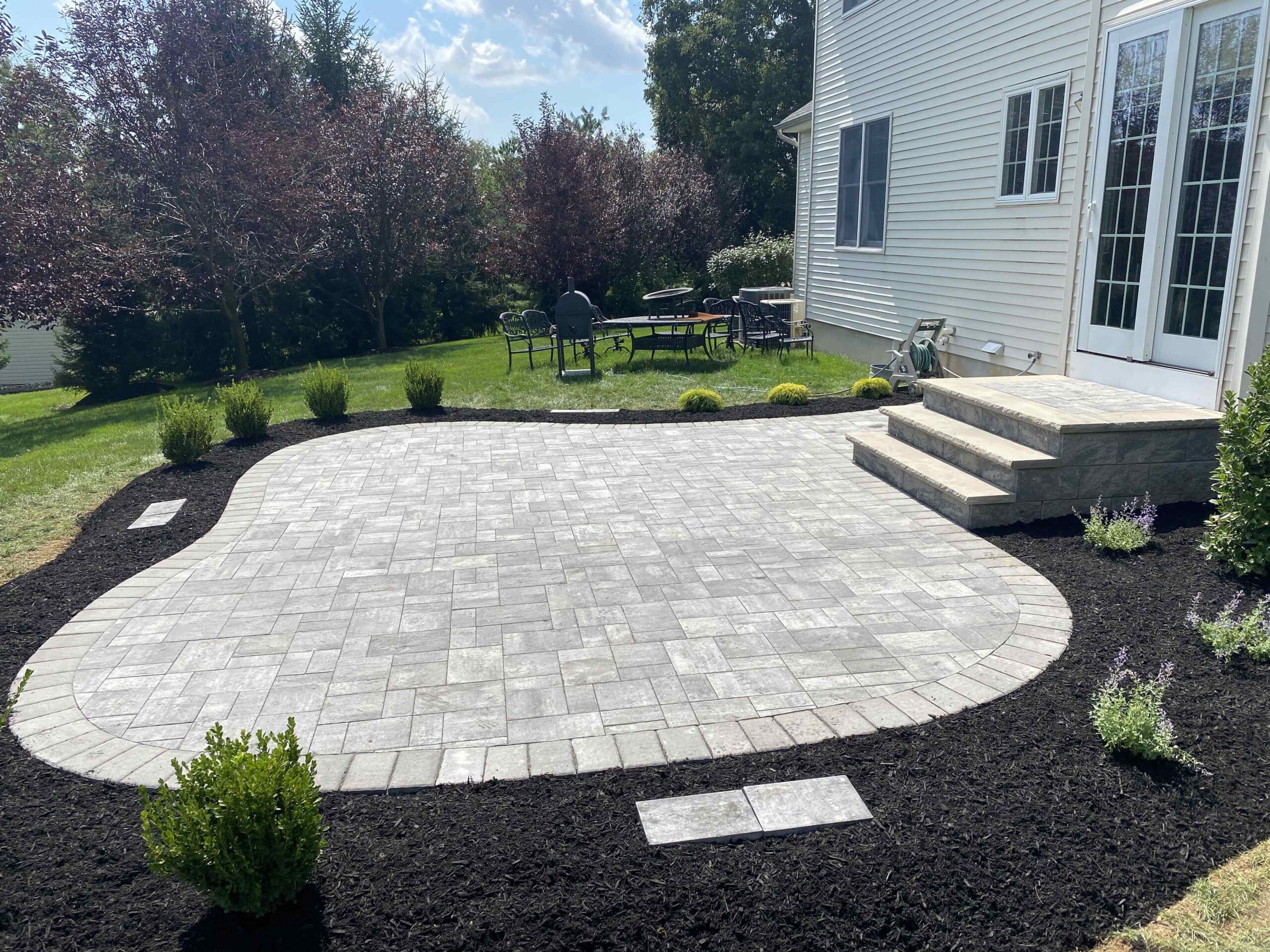Elevate Your Residential property's Visual With Sustainable Landscape Design Designs and Eco-Friendly Practices

Benefits of Lasting Landscape Design
Applying lasting landscaping practices not just saves natural resources however additionally promotes biodiversity and improves general ecological health and wellness. By choosing environmentally friendly landscaping methods, homeowner can reap a wide range of advantages that expand beyond simply aesthetic appeal. One significant benefit is the decrease of water intake through making use of drought-resistant plants, rainfall yards, and effective watering systems. This not just lowers energy costs however additionally contributes to water preservation initiatives in the community.
Moreover, lasting landscape design can enhance dirt wellness by decreasing using chemical plant foods and chemicals, consequently creating a much healthier setting for plant development and helpful soil microorganisms. This, subsequently, improves the general durability of the landscape to endure environmental stress factors and climate change influences - bush removal Jacksonville. Additionally, lasting landscape design techniques can attract varied wildlife, including pollinators like butterflies and , fostering a more balanced and lively community within the residential property
Incorporating Indigenous Plants
To build on the advantages of lasting landscaping, a critical concentrate on integrating native plants can even more improve ecological durability and advertise biodiversity within the landscape. Indigenous plants are types that naturally occur in a particular area and have actually progressed to grow in the neighborhood environment, soil conditions, and ecosystem. By including native plants in landscaping layouts, property owners can decrease water usage, reduce the demand for chemical pesticides and plant foods, and support the local wildlife populace.
Integrating indigenous plants likewise aids in protecting the distinct character and identification of a region's vegetation. These plants commonly require less maintenance as soon as established, making them a cost-effective and sustainable landscape design option over time. Furthermore, indigenous plants can draw in native pollinators like butterflies and bees, adding to the total health of the community.
When selecting indigenous plants for landscape design jobs, it is necessary to pick varieties that are well-suited to the details environmental conditions of the website. Consulting with agricultural gardens or local nurseries can give beneficial assistance on picking the appropriate native plants for a certain area. By incorporating native plants right into landscape design styles, homeowner can create gorgeous, lasting exterior rooms that benefit both the area and the environment.

Water Preservation Methods
Efficient irrigation approaches play an essential duty in lasting landscaping techniques, guaranteeing optimum water conservation efforts in exterior areas. Implementing techniques such as drip watering, rain harvesting, and smart watering systems can substantially decrease water waste while keeping a healthy landscape. Trickle watering provides water straight to the origins of plants, minimizing evaporation and runoff. Rain harvesting entails gathering rain from roofing systems and keeping it for later use in watering, lowering the dependence on community water resources. Smart irrigation systems make use of climate data and dirt wetness levels to readjust watering routines, avoiding overwatering and advertising water efficiency.
Along with advanced watering techniques, xeriscaping is an additional water-saving landscape design strategy that concentrates on using drought-resistant plants, Recommended Reading mulch, and efficient irrigation to create a low-water landscape style - lawn cleanup Jacksonville. By selecting native plants that are well-suited to the local environment and soil problems, homeowner can reduce the need for too much watering, eventually preserving water and promoting a lasting outside environment
Eco-Friendly Hardscaping Concepts
Enhancing outdoor rooms with green hardscaping functions can add dramatically to lasting landscaping techniques. Decide for materials like recovered timber, recycled concrete, or natural rock to lessen ecological impact when thinking about hardscaping aspects. These products not only add an unique aesthetic interest your outdoor space however also minimize the need for brand-new resources removal.
Carrying out absorptive leading options such as crushed rock or absorptive concrete can help minimize water runoff and promote groundwater recharge. These options permit rainwater to leak into the ground, stopping disintegration and lessening the problem on stormwater systems.
Incorporating indigenous plants into hardscaping styles can better enhance eco-friendliness by supporting regional wild animals and decreasing the requirement for excessive watering or chemical treatments. By including vertical yards or environment-friendly wall surfaces, you can introduce much more greenery into city settings, enhancing air high quality and biodiversity.
Integrating energy-efficient illumination, such as solar-powered LEDs, into hardscaping layouts can minimize electrical energy consumption and reduced your residential property's carbon footprint. Focusing on eco-friendly hardscaping concepts not only enhances the beauty of your exterior area however also shows a dedication to ecological stewardship.
Maintenance Tips for Lasting Landscapes

Regularly trim plants to promote healthy and balanced development and avoid overgrowth that can bring about pest invasions or conditions. Use natural fertilizers to nurture the dirt and plants without dangerous chemicals informative post that can leach right into the environment. For hardscaping aspects, such as absorptive pavers or stone pathways, regularly tidy them to stop debris buildup and keep their capability. By staying positive with upkeep tasks, you can protect the elegance and sustainability of your landscape for many years to find.
Conclusion
Finally, sustainable landscaping techniques offer numerous benefits for home owners, from enhancing the aesthetic allure of the surroundings to promoting ecological preservation. By incorporating indigenous plants, implementing water conservation methods, and utilizing green hardscaping concepts, homeowner can develop gorgeous landscapes that are also ecologically accountable. With appropriate maintenance, lasting landscapes can add and prosper to a healthier community for both people and wild animals.
Furthermore, lasting landscape design can enhance dirt health by decreasing the use of chemical plant foods and pesticides, therefore creating a much healthier atmosphere for plant growth and valuable soil organisms.To construct upon the benefits of sustainable landscaping, a tactical focus on incorporating indigenous plants can better boost eco-friendly strength and promote biodiversity within the landscape. By including indigenous plants in landscaping designs, property proprietors can minimize water usage, minimize the requirement for chemical pesticides and fertilizers, and sustain the neighborhood wildlife populace.
These plants typically need much less maintenance when established, making them a cost-efficient and lasting landscaping option in the lengthy run. By integrating native plants right into landscaping styles, home proprietors can produce attractive, anonymous lasting outside spaces that benefit both the neighborhood and the environment.